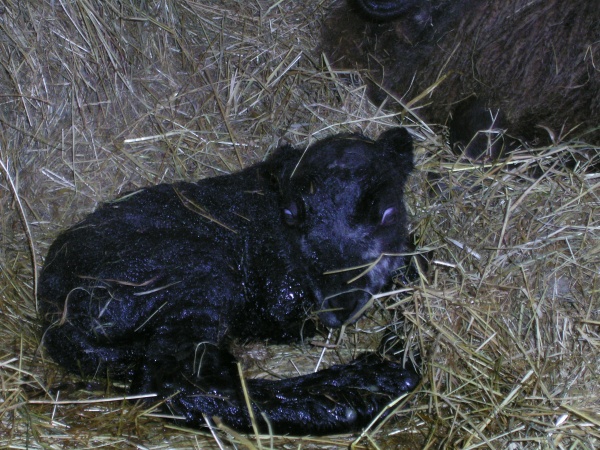
It’s sunny, it’s even hot at times, and I haven’t worn waterproofs for at least a fortnight.
So what are we up to? Sheep are doing OK, lambs are growing nicely. They always say that lamb has to be cooked twice, once outside in the sun and once inside in the oven. But they’re looking well and bouncing happily. Otherwise we’ve finished first cut silage and are now waiting for the grass to grow again. At the same time in one of the ponds we have the lady in the photo who’s waiting for her eggs to hatch. She’s nesting on a pond we put a few trees round nearly thirty years ago. We pretty regularly get swans nesting here, and certainly geese, coots, moorhens and the occasional duck.
Actually we’ve seen a definite increase in the wildlife round here over the last few decades and much of it is due to the efforts of the local Wildfowlers. They will hunt ducks and geese (in season) for the table. Also in season they’ll take the occasional pheasant and help keep down the number of rabbits if they start getting out of hand.
The wildfowlers help in two ways. The first is that over the years they’ve done work to make nesting sites better, and have even worked with farmers to produce more nesting sites. But perhaps even more importantly, they help police who does and who doesn’t hunt. So whereas most farmers will be wary about crossing those who hunt with lurchers or other dogs, or shoot without permission (because they know where we live, and do you really want to come home to a barn fire?) the Wildfowlers can be straight on the phone and can turn up in court to provide witnesses if needed.
It depends on the area, but round here our wildfowlers and hunters are ordinary working class lads out of the local town, and they’re great because they provide a bridge between town and country. This is because whilst they live in town, they have a genuine love of the countryside and do try to understand the rural world.
I remember talking to one, relatively early one morning. He worked month on, month off, on the rigs. So he reckoned that the thing that kept him sane was being able to come home to his family and then next day go out early in the morning; long before the rest of his family were out of bed, and just walk for two or three hours with dog and gun. Perhaps he’d provide their evening meal (because he could cook game as well as merely shoot and prepare it) or perhaps he wouldn’t, but he was there with a purpose. Importantly, it was his purpose, his priorities were the priorities that really mattered and the company, the various inspectorates, the union and everybody else who made his working life so stressful could just go hang.
We see others as well. I know one chap who does not enjoy good health but took up metal detecting. When he’s up to it we’ll see him and he’ll get a day in and he always looks better for it.
Those who want to just walk are well provided for, there’s a reasonable network of paths and quiet lanes round here, but somehow we’ve got to provide for the others as well, those with different excuses for getting out into the countryside, but still have that same driving need to just immerse themselves.
There again, thinking about it; isn’t it a really sad indictment of decades of government and local authority town planning, that the spaces they have created for people to live in are so toxic that people can only survive by getting out of them and spending time in places where the planners have never set foot?
♥♥♥♥
What do I know. Although occasionally somebody does ‘cute’ really well and we all feel better
The fourth of these collections of anecdotes, rants, pious maunderings and general observations on life. Yes we have dogs, quads, sheep and cattle, but in this one we follow the ‘lambing year.’ It starts with ewes being put to the tup in late autumn and finishes in summer with the last of the laggards lambing.
But as well as this we have endless rain, as well as sleeping in a manger. Be brave and you’ll meet young ladies in high heeled cowboy boots, Sir John Moore of Corunna, brassieres for cows, and, incidentally, David Essex.










